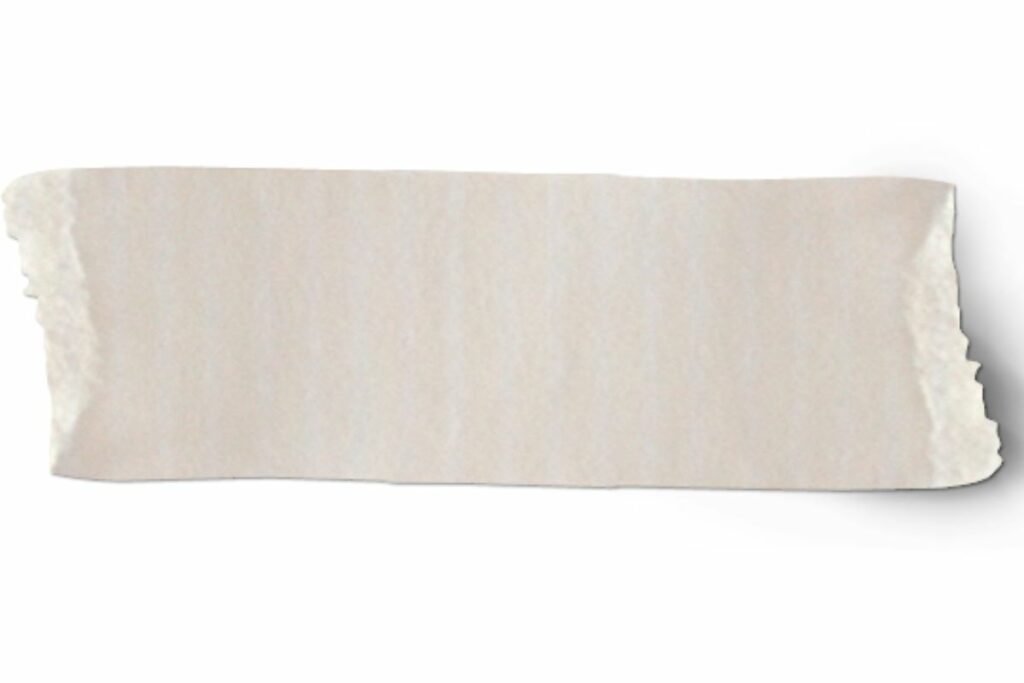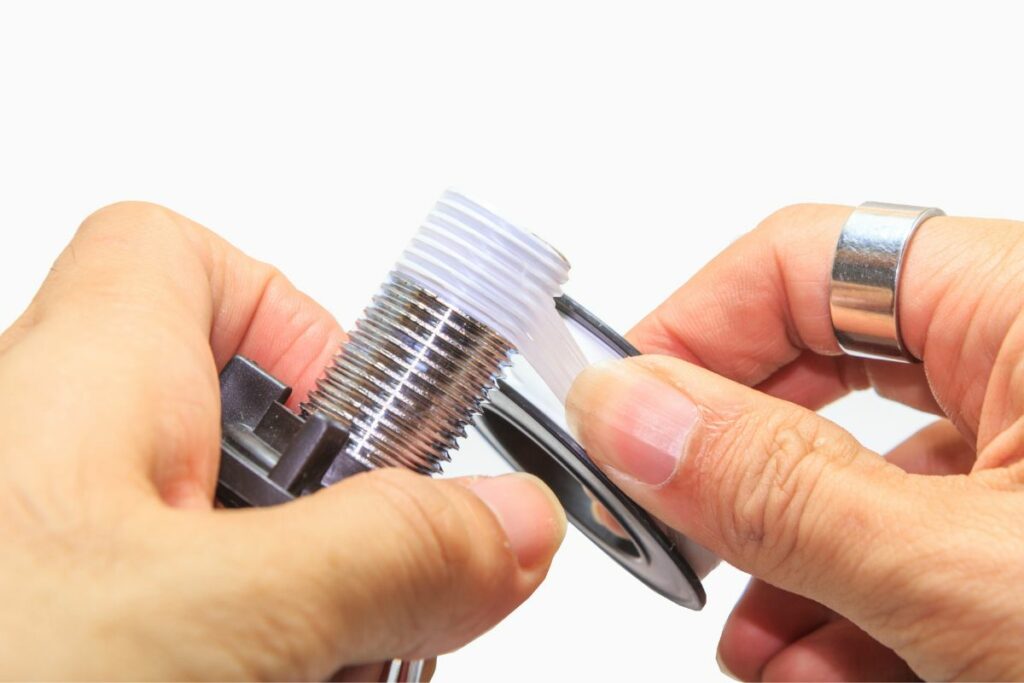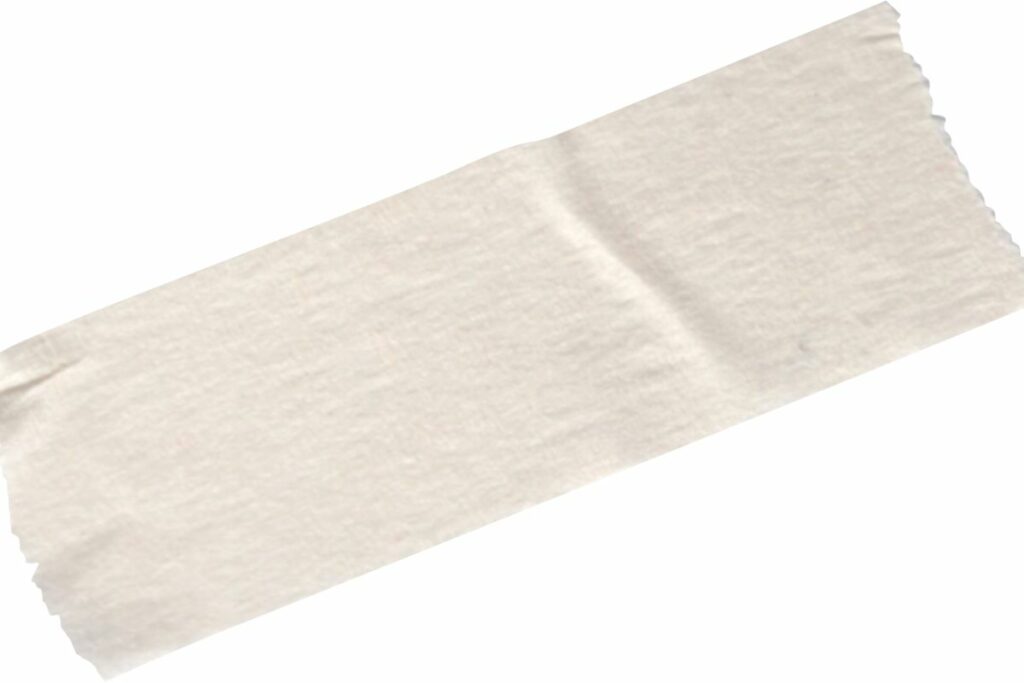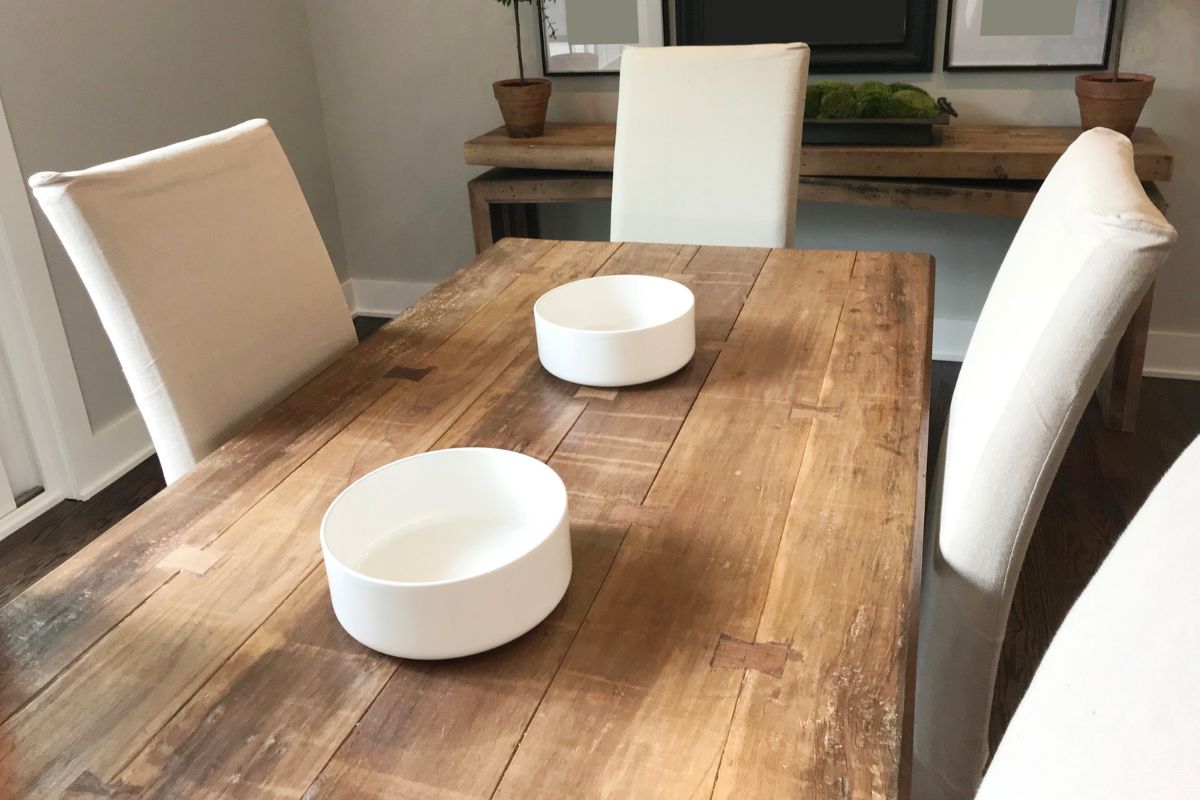If you have ever been flicking through the channels on cable TV early in the morning and have ended up watching some shopping channel ads, then you have probably come across this seemingly magic tape already.

This tape has been shown to repair damaged roofs, fix leaky pipes, and perhaps most impressively put back together a boat which has been sawed in half, and then make it usable again. The product in question is flex tape.
But with such bold and confident advertising, the obvious next question most viewers ask, is does it work?
While the infomercial is certainly entertaining, there is no reason to buy the product if it does not actually work, and that is what we are here to help you with!
The manufacturers of flex tape are pretty confident in their product saying it is able to instantly bond, seal, and patch what you want to repair, and it works with a massive variety of materials as well.
The most preposterous claim it makes is that it can do all of this, even while it is underwater!
Of course, this is a lot to live up to, but if it is true, this product could be massively useful and be very multi-functional.
So, that is why we have put this guide together, to assess all the claims made by the flex tape and to see if it actually works!
This guide will help you work out if you should buy the flex tape for yourself, so if you are interested in this product, keep reading!
Fixing A Lot of Damage With The Bucket Test
Starting off the strong, the first test which we are putting the flex tape through is seeing how well it is able to seal a large hole, and we are doing this with a plastic bucket.
The famous infomercial for the product shows plenty of different leaking holes, and usually the examples it uses are on plastic containers, so to get as close to these circumstances as possible, we have recreated the leaking plastic container.
The way we did this was by getting a normal bucket which holds 5 gallons and then drilled a hole using a hole saw at the size of 1 and ¾ inches, so definitely significant.
To get the best results from the product, we put flex tape not just on the outside, but the inside as well, and this is what the manufacturer recommends.
So even if this is not as true as the infomercial’s drama, it is what most users will be doing. Most users who have had issues with this tape, it is because they are only taping one side.
After applying the tape on both sides we made sure to smooth out the tape just so there are not any air bubbles in there.
After this we just filled the bucket as one usually would, and made sure to fill it well above the hole repair, and to many people’s surprise, it worked absolutely perfectly.
The test proved that there were absolutely no leaks and that the tape was fully capable of holding back the water completely.
We only filled the bucket around 5 minutes after the tape was applied, so there is also no long wait time for the tape to need to cure before it is ready to go as well.
This first test was a success!
The PVC Pipe Test

The second test we tried was to also recreate one of the most common advertised uses of the flex tape, being to repair a damaged or leaky PVC pipe which is causing issues.
To carry out this test, all we needed to do was drill a couple quite small holes in a small 2 inch section of a PVC pipe which was spare.
Then flex tape was applied to the outside since this is the only side which can be easily accessed. Then we put the end cap on one end of the pipe, and then filled it from the other end using water.
This time, the results were not as spectacular as they were for the bucket, and quite soon after the water filled up, a small trickle of water appeared to come through the tape, and while we tried to stop the flow by applying pressure using a hand, the leak was persistent and kept flowing.
What you should keep in mind is that this was only with one side taped up.
After this we thought we should instead try this test, but with tape on both sides to see how that works.
Of course this was not an easy task with getting tape to lie flat inside a pipe is not an easy task and needs a lot of patience. This was a far cry from the simple fix advertised in the infomercials.
But once this was done and we filled the pipe using water again, there were absolutely no leaks meaning this version of the test was successful.
However, this test overall, can only be seen as a partial success. The infomercial shows the pipe being fixed with a quick slap on of the tape, but this is simply not realistic.
However, it would be unfair to claim that the tape can not fix leaks in pipes, but the ad was not completely honest at how easy this was to achieve.
So if you want the flex tape for a quick fix of pipes not needing any effort, this is not your product!
The Underwater Test
The last test we did is to try and see how well the flex tape was able to achieve one of, if perhaps its most outlandish claims, this being its ability to work while it is underwater.
Of course, this is not one of the most practical ways to use the product, and because of this, it was not the easiest test to perform, but we wanted to see if we could emulate being able to seal off a water leak while it is still actively flowing.
So, to carry out this test we did a similar experiment to the first one and drilled a similar 1 and ¾ inch hole into a 5 gallon bucket and then filled the bucket with water.
While filling the bucket with water, to avoid too much of the water escaping, we quickly covered it with a small little piece of plastic to stop it all coming out.
Once we were reading to do the test, we took away the plastic and then applied the flex tape onto the hole underwater and tried to cover the hole,
But this is the truly surprise part, after the failure of the last test to fully succeed, this test actually worked and the leak was fixed and there was no water leaking through whatsoever!
So, while this test is perhaps not the most practical use of the flex tape, it certainly works and lives up to the claim that it can fix leaks while underwater, definitely making it a very unique product!
This test was a complete success!
Impressions Of The Flex Tape

So, what are our overall impressions of flex tape and working with it, which may not have been covered in the test portion.
Something worth noting about this product is just how sticky it is, to make a comparison, this product is just as sticky as a glue trap and because of this, it is very easy to get your fingers stuck onto the work surface, so you need to be careful when you are working with it.
This means you may need to take some time to get to grips with using the product before using it seriously. My recommendation is to try some tests like ours to get used to it.
Maybe do not go destroying all your pipes and buckets, but try some low stakes work to see how easily you can work with it.
It is also worth noting this product does not work like gorilla or duct tape as it has a plastic backing on it which needs to be removed before you can actually use the tape. This is why its adhesive is so powerful and sticky.
A final note is because the tape is so strong and feels high quality, it can also be quite difficult to cut into a specific shape, but this is quite a niche issue.
Takeaway
The flex tape is definitely a product worth investing in, but it is worth noting that after our tests, it seems to fix products a lot better if the tape is on the inside of the leak, instead of the outside, but preferable, both can be covered!
- The Woodworkers Guide to Brad Nailers: Everything You Need to Know - September 25, 2023
- How To DIY An Aztec Garden Dining Table [The Easy Way] - October 18, 2022
- Farrow & Ball Pigeon: Is It Right For Your Home? - October 17, 2022








